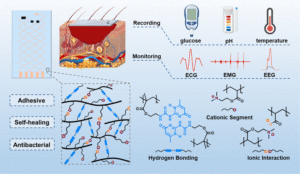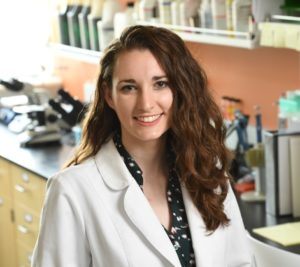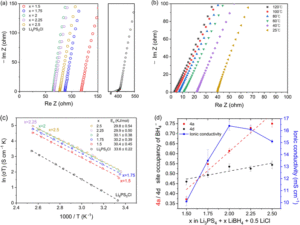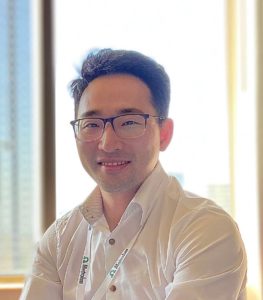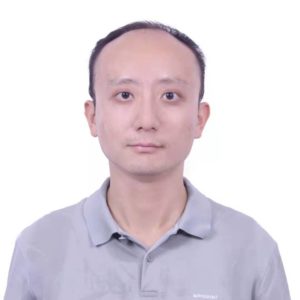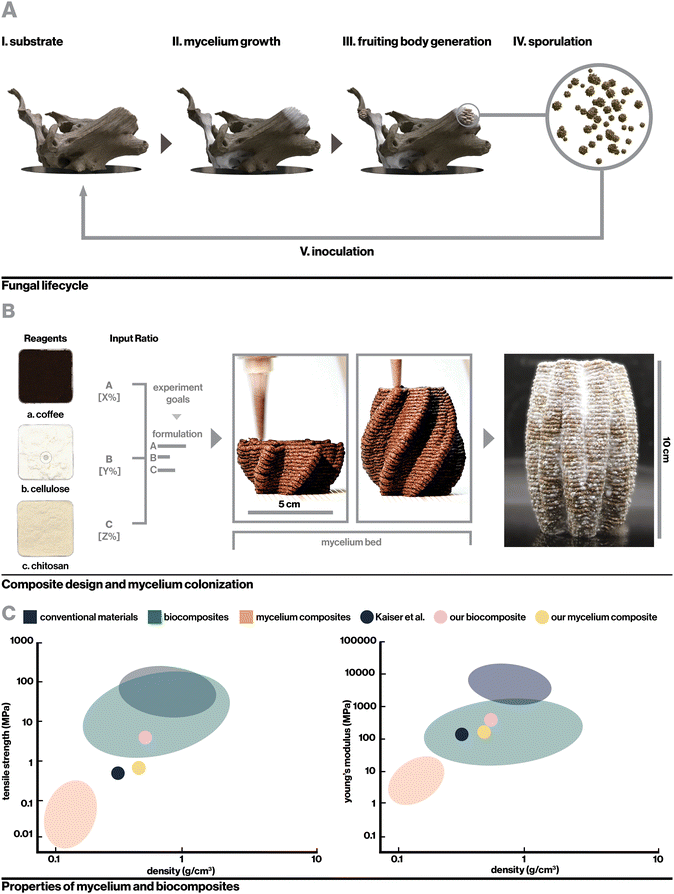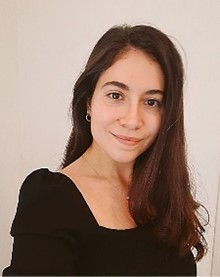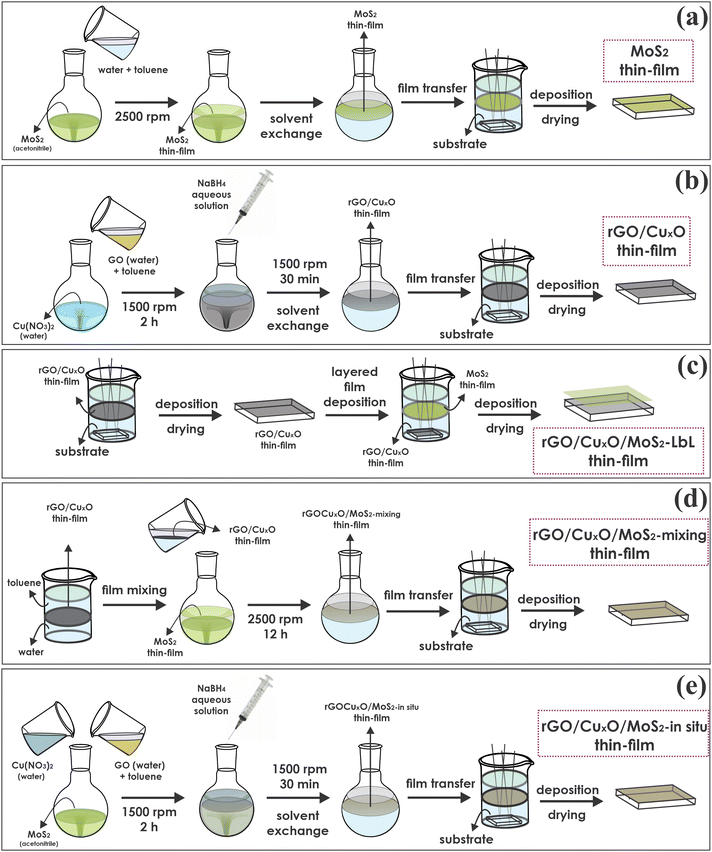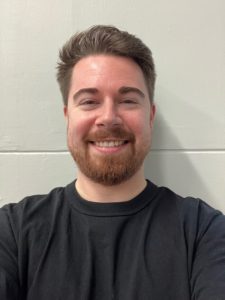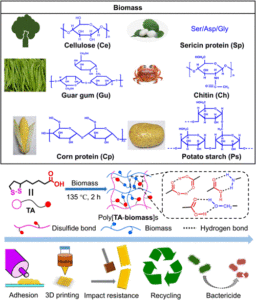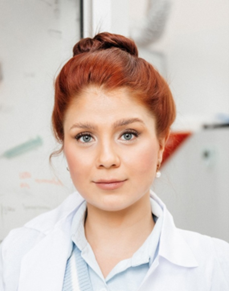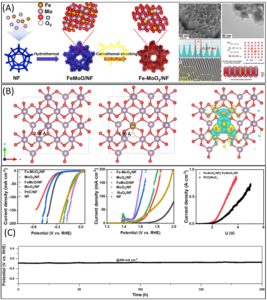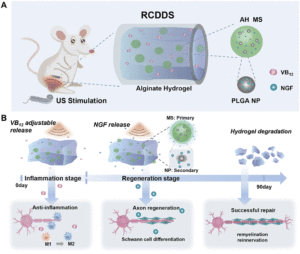Current ionic conductors, such as hydrogels and ionogels, offer diverse capabilities but also exhibit limitations. These systems rely on a substantial amount of liquid to provide a mobile environment for free ions, while a covalently crosslinked network enhances mechanical strength. However, the presence of liquid compromises thermal and electrochemical stability and reduces mechanical integrity. Furthermore, the covalently crosslinked network often results in irreversible polymer structures, creating a fundamental conflict between ionic conductivity, self-healing capabilities, and mechanical performance—challenges that are particularly pronounced in flexible and wearable ionotronic devices. To address these issues, many researchers are focusing on developing versatile ionic conductive elastomers with innovative polymer molecular structures. Yet, the design of liquid-free ion-conducting elastomers typically struggles to achieve high ionic conductivity due to restricted segmental motion of polymer chains in covalently crosslinked networks, leading to significantly slower ion transport efficiency and a reduced volume of free ions.

Figure 1: Molecular structure and mechanism design of SSxDAy–LiTFSIz%. (a) Schematic of the molecular structure of a high-strength, ultra-toughness and healing polyurethane with multiple dynamic bonding interactions in this elastomer. (b) SSxDAy–LiTFSIz%-based (i) wearable strain and (ii) pressure sensors and (iii) self-powered TENG. Reproduced from DOI: 10.1039/d3mh02217j with permission from the Royal Society of Chemistry.
To enhance molecular segmental motion and ion transport, Ou and colleagues recently proposed a strategy that combines dual dynamic covalent bonds with non-covalent interactions. By integrating multilevel hydrogen bonds, disulfide bonds, and dynamic donor-acceptor (D–A) bonds into a polyurethane system, they developed liquid-free ionic conductive polyurethane elastomers (ICPEs), designated as SS50DA50–LiTFSIz%. Polytetramethylene ether glycol was selected as the soft phase, whereas the ether chain segments engage in ionic transport through loosely coordinated lithium-oxygen (O–Li+) bonding interactions. This configuration facilitates the development of all-solid ICPEs characterized by high ionic conductivity. The well-designed structure of SS50DA50 enables self-healing at 130°C for 2 hours, achieving a high tensile strength of 58.90 MPa and toughness of 260.33 MJ m-3, with a healing efficiency of 92% and complete recyclability. This performance is attributed to the dynamic covalent crosslinked bonds that maintain the relative positions of the polymer chain segments under tension, thereby maintaining the three-dimensional integrity of the network and substantially improving both the tensile strength and toughness of the elastomers. Additionally, the ICPEs (SS50DA50–LiTFSI80%) demonstrated high mechanical strength (1.18 MPa), superior ionic conductivity (0.14 mS cm-1), and excellent healing capacity (healing efficiency >95%), highlighting their potential as wearable sensors for physical rehabilitation training.
Because of their excellent sensitivity and durability properties, the SS50DA50–LiTFSI80% elastomers are used in multifunctional sensors and triboelectric nanogenerators, capable of real-time and rapid detection of various human activities, and can recognize writing signals and encrypted information transmission. Furthermore, SS50DA50–LiTFSI80% achieved an excellent open-circuit voltage of 464 V, a short-circuit current of 16 mA, a transferred charge of 50 nC, and a power density of 720 mW m-2. Its outstanding output performance offers significant practical value for wearable electronics and self-powered products.
In summary, the innovative design of ICEs such as SS50DA50–LiTFSI80% features a polyurethane matrix enriched with multiple dynamic bonds, including hydrogen and disulfide bonds. This design offers a more robust and sustainable alternative with enhanced functionality compared to traditional hydrogels. The improved mechanical properties, healing abilities, and recyclability of these materials make them pivotal for the future of flexible and wearable technology. The potential applications of these elastomers extend from sustainable wearable electronics to energy-harvesting devices and solid-state polymer electrolytes.
To find out more, please read:
Liquid-free ionic conductive elastomers with high mechanical properties and ionic conductivity for multifunctional sensors and triboelectric nanogenerators
Fangyan Ou, Ting Xie, Xinze Li, Zhichao Zhang, Chuang Ning, Liang Tuo, Wenyu Pan, Changsheng Wang, Xueying Duan, Qihua Liang, Wei Gao, Zequan Li,* and Shuangliang Zhao
Mater. Horiz., 2024, DOI: 10.1039/d3mh02217j
About the blogger

Fang Cheng Liang is currently a Lecturer in the Department of Materials Science and Engineering at the National University of Singapore (NUS) and serves as a Community Board member for Materials Horizons. Before joining NUS, he was a Research Assistant Professor at the Research and Development Center for Smart Textile Technology at the National Taipei University of Technology, Taiwan. He earned dual Ph.D. degrees in Organic Chemistry and Polymer Science and Engineering from the University Grenoble Alpes and National Taipei University of Technology in 2019. His research focuses on sustainable self-healing soft materials, liquid metal hydrogels, reconfigurable liquid crystal elastomers, and hybrid organic-inorganic perovskite applications in light-emitting diodes, triboelectric nanogenerators, soft robotics, and wearable electronics. |











